
3 Ways to Bring Humor Into the Workplace
Comedian Ben Gleib offers approaches for making mundane work feel a little less stuffy through humor.
Thank you for searching the NeuroLeadership Institute archives. Here’s what we were able to find for you.
Still having difficulty finding what you’re looking for? Contact us.

Comedian Ben Gleib offers approaches for making mundane work feel a little less stuffy through humor.
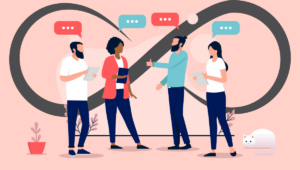
A broken feedback loop isn’t just an inconvenience — it’s a major obstacle to building an inclusive workplace.

Everyone in an organization should have the freedom to speak up. Science shows us how to do it well.
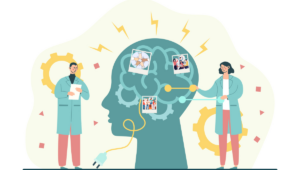
Conferences aren’t all about content; they’re also about the group experience.

Here’s how finance leaders can help create an environment of shared accountability in their organizations.

In these polarized times, a neuroscience approach helps promote an environment of civility in the workplace.
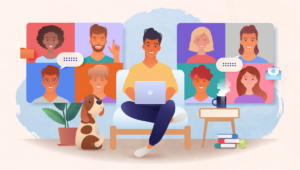
Return-to-office policies may backfire due to a misunderstanding of workplace connections.
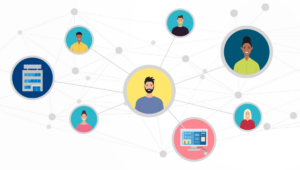
The connection with your team might not be enough to keep you at your job.
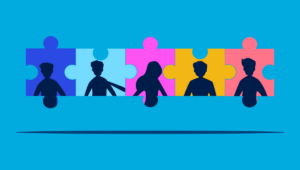
Enhance motivation by understanding and satisfying your team’s social drivers.

New research suggests people are more likely to have “aha” moments from information that came from members of their in-group.

Awe-inspiring dreams can enhance resilience and goal progress at work, research finds.

Having a friend help you reappraise a negative situation is more beneficial than reappraising it alone, according to recent studies.

Four takeaways for fostering a less toxic workplace.
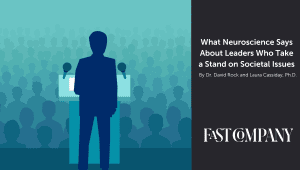
What leaders should consider when sensitive social issues arise.

Ensuring humor connects colleagues — and doesn’t offend — is tricky. Here’s how to joke effectively.

Here’s how to support employees who thrive on social connection in a remote and hybrid work world.

You may have promised to keep a secret, but research reveals why holding onto it is sometimes harder than it seems.
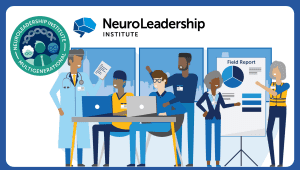
Here’s a look at what leaders can learn from having generational differences in the workplace.

Encouraging employees to socialize has benefits, but it’s time to rethink how it’s done.

It’s not just close relationships that help your well-being at work.

While there are differences in how each generation communicates or prefers to work, “sometimes there are more similarities than differences.”
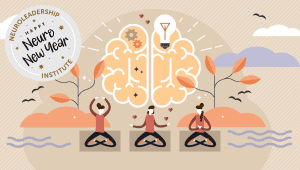
These seven essential activities will help produce a more alert, creative, and resilient mind.

Our best advice from 2022 on how leaders can create a more empathetic workplace while still accomplishing big-picture goals.

Quality connections are key for building an empathetic workplace.

Three ways organizations can foster social connections despite the obstacles presented by remote operations.

Forming quality connections in the workplace — in other words, practicing the three habits of empathy — creates a culture in which everyone wants to bring their best effort.
Join millions of employees in creating culture change at scale by reaching out today.

In 2007, David and Lisa Rock and their team had been working in leadership development and executive coaching for ten years, when David coined the term “NeuroLeadership.”ef

North America
Africa
South America
Asia
Europe
Australia
© NeuroLeadership Institute 2025. All Rights Reserved
This site uses cookies to provide you with a personalized browsing experience. By using this site you agree to our use of cookies as explained in our Privacy Policy. Please read our Privacy Policy for more information.